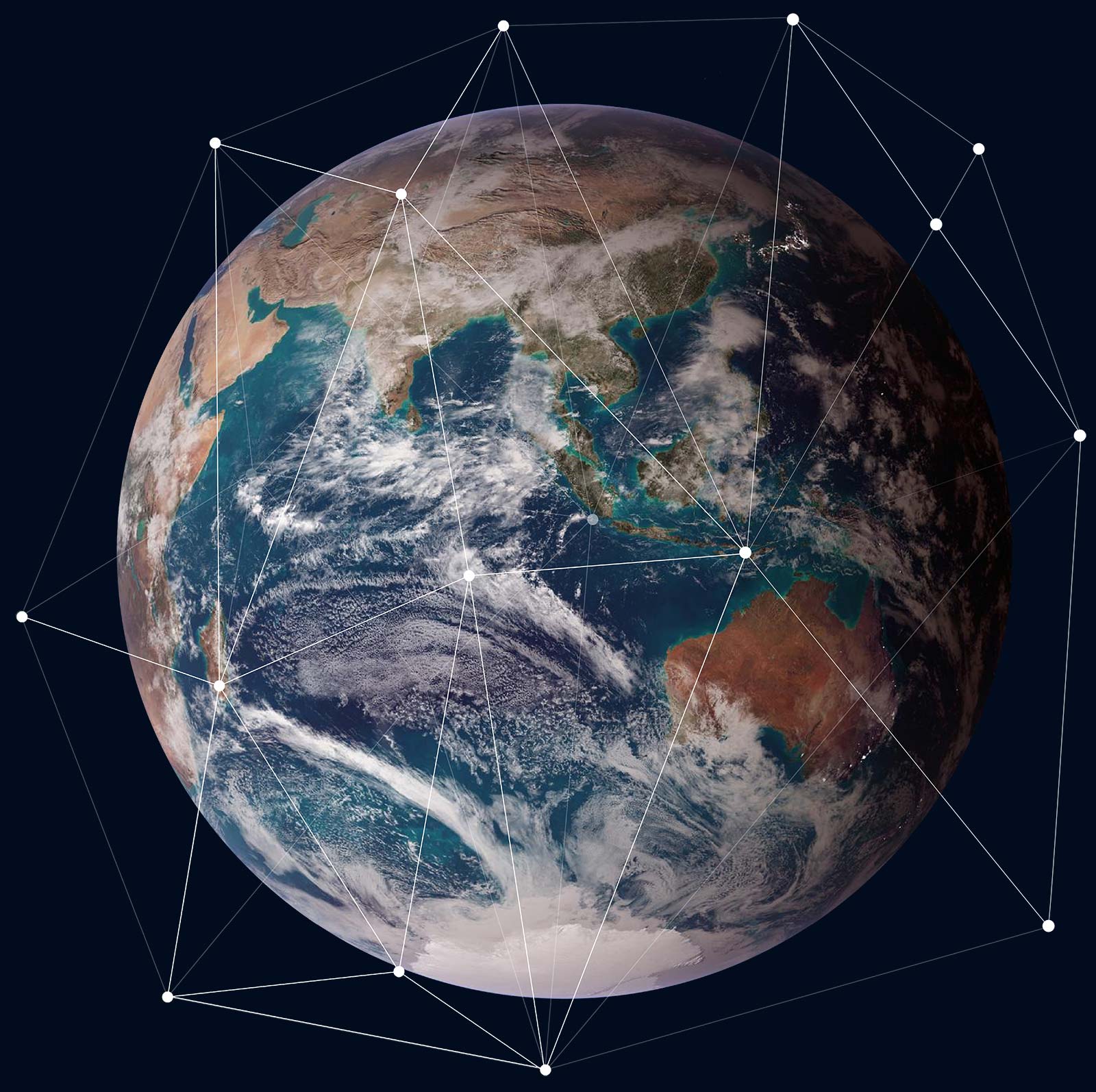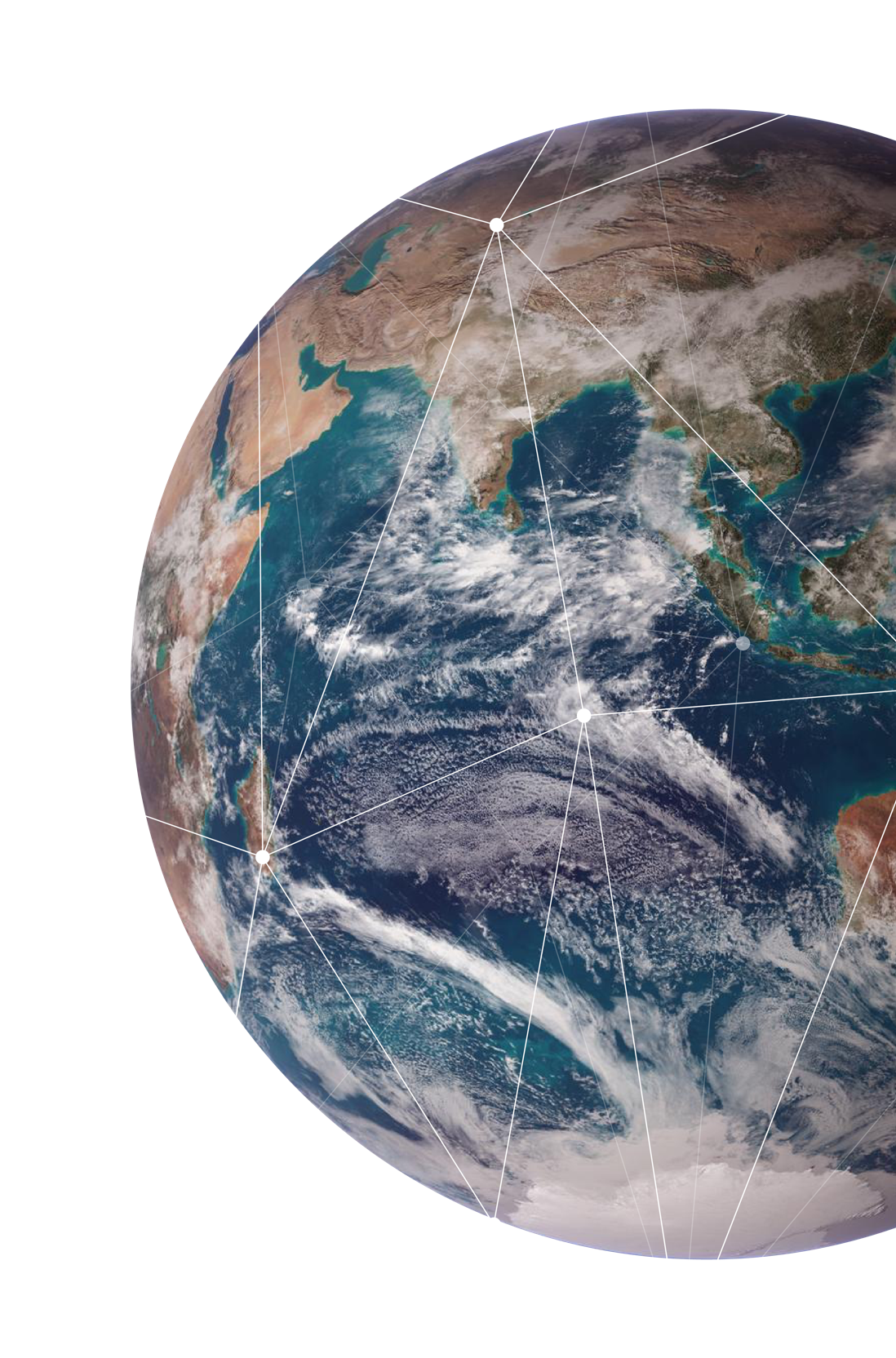NASA's Earth Science Division develops, launches and operates a coordinated fleet of over 50 satellites, missions and instruments for long-term observations of our planet. In other words, NASA gathers massive quantities of data that enable an improved understanding of the Earth as an integrated system.
Data collected by NASA are public and must be distributed in a way that is easily accessible for users to enable research that will answer fundamental science questions about the Earth, deliver sound science to decision-makers, and inspire the next generation of scientists.
NASA recognized that accessing this huge amount of data is difficult. For scientists to work across data sets, a common component of doing innovative groundbreaking research, they must navigate a disparate collection of websites and tools which often have poor user experiences, which are time and labor intensive and not intuitive to use.




